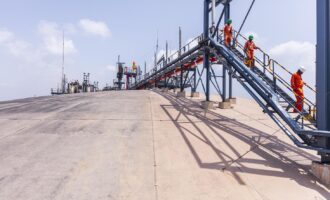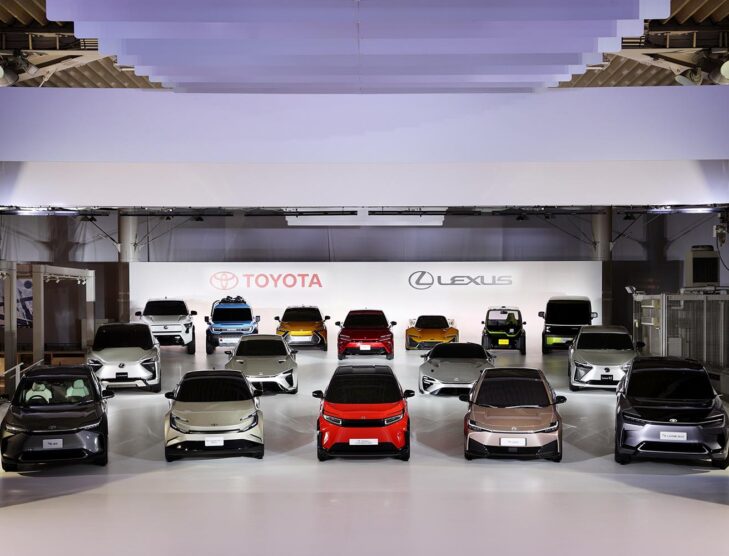
The energy system should drive powertrain choice
Regulation is the promulgation of a binding set of rules that attempt to guide a desired result. In the case of the global energy transition, government regulations play a key role in influencing technological development. However, technological change occurs quickly, and legislators are often left playing catch up. In most cases, it is ill-advised for legislation to dictate technologies. A regulatory framework should focus on outcomes, with technology providers adapting to provide the most appropriate solutions.
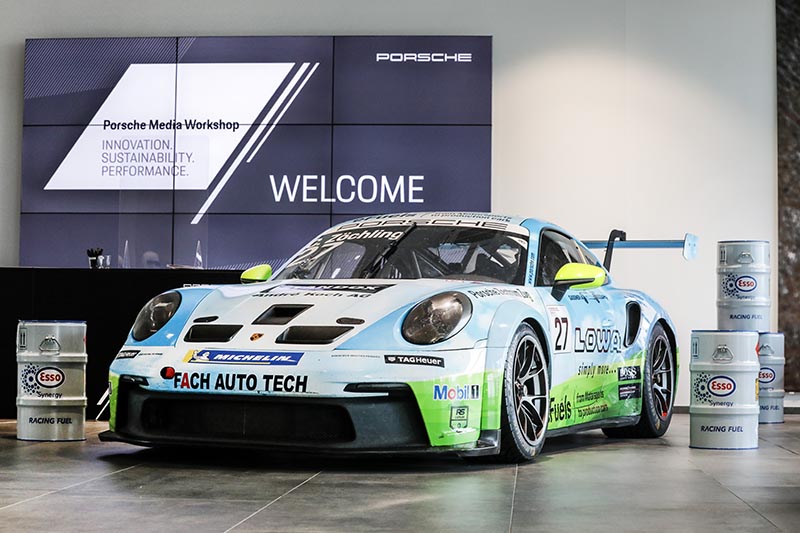
Powertrains can be designed to optimise performance, efficiency and emissions for a given application. The energy system should drive the powertrain choice, said Dr. Rittmar von Helmolt, director business development, mobility and energy at AVL List GmbH, while speaking at the SAE International Powertrains, Fuels & Lubricants Conference and Exhibition in Krakow, Poland, on September 6, 2022. The problem, in many regions, is it is difficult to accurately predict the end game when it comes to energy sources and infrastructure. During the SAE event, von Helmolt provided a presentation on the Cost and efficiency of vehicle fleets on hydrogen and electricity as part of a regional energy system.
AVL List GmbH is the world’s largest privately owned, independent company for the development of powertrain systems as well as simulation, instrumentation and test systems. On September 19, 2022, AVL List GmbH opened the AVL Hydrogen and Fuel Cell Test Center at the company’s headquarters in Graz, Austria. It is one of the largest and most advanced test sites for fuel cells and electrolysis systems around the globe.
The European Union aims to be the first carbon-neutral continent by 2050. Europe’s “Green Deal”, approved in 2020, is the legislative architecture tasked with achieving Europe’s climate-neutrality and energy security goals. A set of policy initiatives includes a commitment to reduce net greenhouse gas emissions by at least 55% by 2030, compared to 1990 levels.
As part of the Fit for 55 climate package, Europe has mandated a reduction in carbon dioxide (CO2) emissions from light-duty vehicles by 100% by 2035. In effect, no new combustion engine car or van can be sold in the European Union from this date. The climate legislation also includes targets for electric vehicle charging and hydrogen refuelling infrastructure.
Some industry stakeholders have raised concerns about the effective ban on the traditional internal combustion engine (ICE). In a press release on October 27, 2022, European Automobile Manufacturers Association (ACEA) Director General, Sigrid de Vries emphasised that “technology openness remains essential to retain the agility to respond to different needs and to adapt to changing circumstances.” The automobile association also noted that diversification is essential to improve Europe’s energy resilience. ACEA emphasised the critical importance of policy that supports the energy framework—including an abundance of renewable energy, a seamless private and public charging infrastructure network, and access to raw materials.
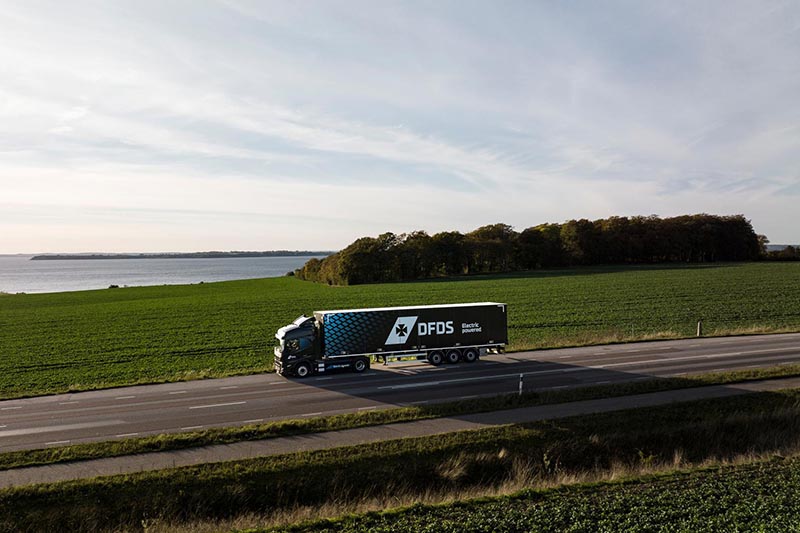
During his presentation, von Helmolt outlined three major energy options for emissions-free propulsion: electricity, hydrogen—either via fuel cells or hydrogen combustion—and e-fuels (although zero-tailpipe regulations preclude this approach in the European Union). Each renewable fuel option has its specific challenges, he says.
A significant question for a more sustainable world is identifying and establishing ways of transporting and storing renewable energy. Seasonal storage needs to be considered for electric propulsion. This is usually ignored in cost and CO2 impacts, says von Helmolt.
Hydrogen is becoming an important ingredient in Europe’s energy supply. It offers the potential to fill up a vehicle using a gaseous fuel produced in a climate-neutral manner. However, today’s hydrogen is still associated with significant emissions and distribution remains a major factor in the business case—destroying it in many cases, says von Helmolt. Ease of storage and distribution could compensate for poor conversion efficiency in (liquid) e-fuels, although e-fuels will not be available in large quantities any time soon, he says. Then there is the legislative hurdle to consider.
Although, Germany may have just handed ICEs and e-fuels a lifeline. On March 7, 2023, the EU countries were due to rubber stamp the law to end the sale of CO2 emitting cars in 2035, previously agreed by the European Parliament and the Commission.
However, in a highly unusual move this late in the lawmaking process, German Transport Minister, Volker Wissing, stated that the bloc’s largest nation would not support the ban. Wissing cited a failure to receive assurances on an exemption for the use of carbon-neutral e-fuels in new combustion engine vehicles beyond 2035. E-fuels are not considered in the binding articles of the current legislation. The final vote has been delayed, with no announcement of a new date at this stage.
Von Helmolt presented a use case simulation based on a bus fleet in the city of Graz. Graz is the second largest city in Austria, after the capital Vienna, with a population of more than 300,000. The application test case used real-world data from current bus fleet operations modelled against an e-bus fleet. Electricity production assumptions were based on International Energy Agency (IEA) data for Austria.
At present, a battery-driven bus does not provide a like-for-like replacement for the diesel engine. Despite subsidies, the electric bus costs two to three times more to acquire, charging times are longer than equivalent refuelling and they suffer from lower ranges and significant weather impacts. Battery lifetimes are impacted by usage profiles and the vehicles are coupled to the energy system by the electricity grid. In 2021, new buses in Europe were predominantly diesel fuelled (68.8%), with hybrid (10.1%), electric (10.6%), hydrogen (0.8%) and CNG and other fuel sources providing the balance (9.7%).
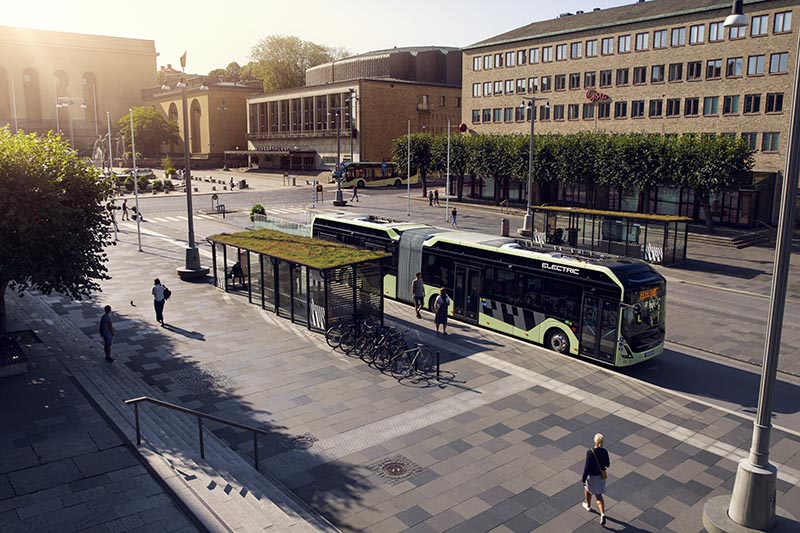
In modelling, based on an e-bus fleet of 170 buses, von Helmolt demonstrated a significant potential reduction in emissions compared to the diesel bus fleet—5,280 tons of CO2 per year (tCO2 /year) versus 17,665 tCO2/year—based on the hourly electricity mix CO2 value from a power plant model. E-bus charging required 30 gigawatt hours (GWh) of electricity per year, 2.2% of the city’s electricity demand.
Von Helmolt’s results emphasise the limits of stationary energy storage. In this scenario, 3.5 GWh (seasonal or long-term) storage is required for one city e-bus fleet. The largest installations today, e.g. large pumped hydro-electric energy storage, could serve only the electric bus fleet, and for just one city, he says.
Modelling offered three specific solar scenarios based on the requirements of the city bus fleet. A “solar sufficiency” model required a photovoltaic (PV) solar installation of 20.4 megawatt peak (MWp) with storage of 6.5 GWh; an “oversize PV” set-up involved PV of 28 MWp with storage of 3.5 GWh—providing a solar export to the grid during summer. A “winter deficit” model with PV 20.4 MWp and storage of 3.5 GWh required a small import from the grid in the winter and offered a minor export in the summer. The presentation discussed the importance of energy distribution and storage methods and their short- and medium-term feasibility.
Von Helmolt also highlighted the need for better planning to optimise fleets, infrastructure and total cost of ownership. For example, in the Graz bus simulation operations could only be completed with intermediate charging or a large battery. Busses with 198-kilowatt hour (kWh) battery capacity,- recharging was required during the day, whereas a 396-kWh battery allowed for full daily operations.
In total cost of ownership (TCO) modelling, the battery electric bus exhibited a slightly lower TCO than diesel ICE vehicles in 2025, with hydrogen options considerably higher, mainly due to elevated fuel costs. However, von Helmolt noted that battery recharging infrastructure and the potential need for back up vehicles in cases of range limitation were out of scope in these figures.
At times, when there is excess energy in the power grid, there is potential to produce hydrogen, which has broad benefits in energy storage. While it may be cheaper to produce, the need to transport it adds significant cost. Von Helmolt offered hydrogen production and transportation scenarios alongside infrastructure limitations.
Compressed gaseous hydrogen, carried in twenty-foot equivalent unit (TEU) tank containers on vessels and by road offers the best near-term options for transportation although it is associated with higher costs. The presentation outlined a transportation cost of EUR3.23 (USD3.42) per kg by vessel and EUR4.33 (USD4.59) per kg by truck over a distance of 1,000 km.
This compares to a modelled price of liquified hydrogen of EUR0.87 (USD0.92) per kg via vessel and EUR0.50 (USD0.53) passing through onshore pipelines beyond 2035. Currently, pipelines are only used for compressed gaseous hydrogen over a short distance and are only available in some regions. The medium is not feasible for liquified hydrogen, and appropriate pipelines are currently unavailable for ammonia and methanol in most regions.






